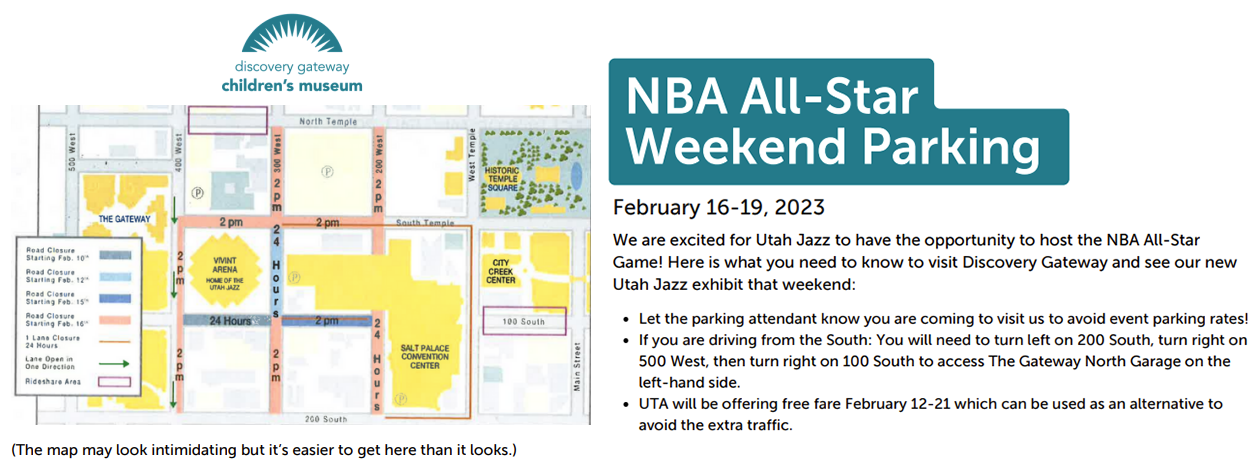
Tricky Triangles
Ages: 5-10
Engineers make buildings of all shapes and sizes, but most of them start with the same basic building blocks. Learn about different shapes and discover which are the strongest in this simple yet fun building activity. Check out the cool buildings our awesome little engineer made below!


Materials:
- Option 1: Plastic straws + tape
- Option 2: Mini marshmallows and toothpicks
Directions:
- Begin by talking about engineers. Engineers are always working to build and improve upon things like buildings.
- To do this they often start with a basic shape and stack them together. What basic shapes can you think of? Try writing them down and drawing them on paper.
- Do you think some shapes are stronger than others? What would happen if we tried to make a skyscraper by stacking together circles?
- Using your building materials, start creating some basic shapes, including triangles, squares, and hexagons. These 3 shapes are the most common building blocks that engineers use because they are strong and fit together nicely. Make a few of each shape.
- The building starts to come together as we join shapes to each other, but there are a lot of ways to do that! Explore how connecting shapes to each other can make bigger designs by linking up the shapes in 2-D, like connecting two triangles or a square to a hexagon.
- After you’ve mastered shape construction in 2-D, move on to 3-D buildings. Challenge yourself to make the tallest, biggest, or coolest building you can. Be sure to count which shapes you are using as you build.
- Making buildings pretty is important, but they need to stand strong too. When earthquakes hit, like the one Utah had in March the ground shakes and can cause damage. To simulate this, build your structure on top of a sheet of paper. Once built, try shaking, crumpling, or even tearing the paper. What structures and what shapes held up to the paper quakes best?
More Fun
- By linking shapes together we not only make buildings stronger, but we can use less material too! Two separate triangles have 6 total sides, but if you link them together they only have 5. How many sides do you have with 3 triangles linked? What about squares, and hexagons? Are there any patterns you can figure out?
- The triangle is often seen as “the most stable” shape. But why are buildings rectangles then? Can you figure out a way to put together triangles to make other shapes, like squares?
- Many architects and designers use geometry in their building design. Frank Lloyd Wright is an American architect famous for his sleek geometric designs.
If you enjoy our Steam Learning Lab and would like to make a donation click here. Thank you for your support!
Tagged STEAM










